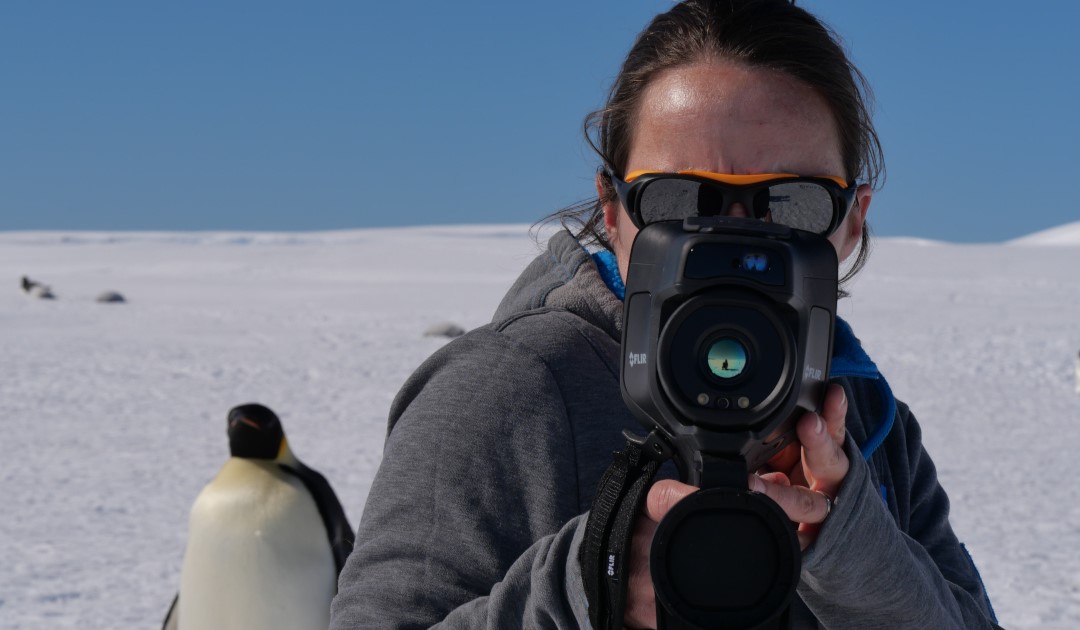
Signs of stress visible in the infrared
How can we distinguish between calls of recognition and those of distress in a dense penguin breeding colony? The answer lies in the infrared radiation of these animals.

How can we distinguish between calls of recognition and those of distress in a dense penguin breeding colony? The answer lies in the infrared radiation of these animals.
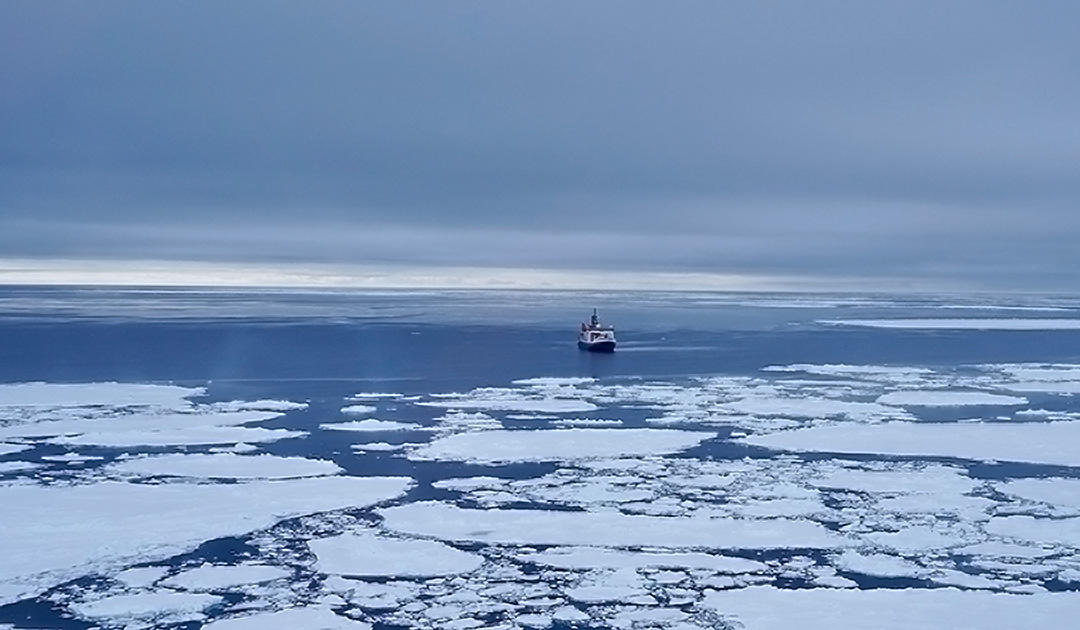
The pollution of the Southern Ocean with microplastics has been significantly underestimated, as researchers from the University of Basel and the Alfred Wegener Institute have shown.
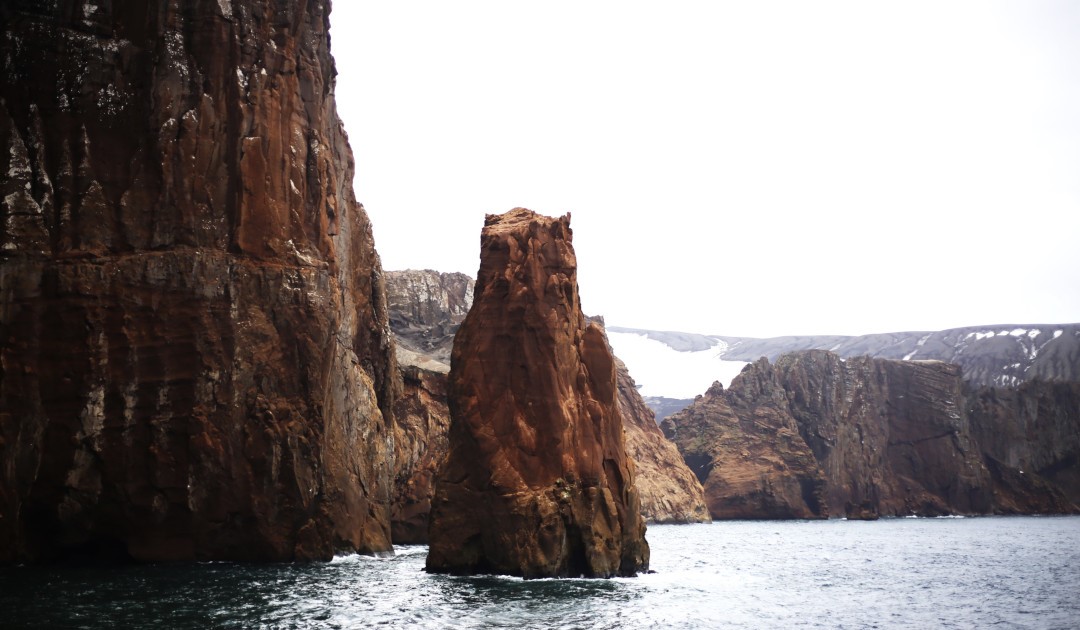
In laboratory tests in Brazil, filamentous fungi from Deception Island (Antarctica) slowed the proliferation of cancer cells.
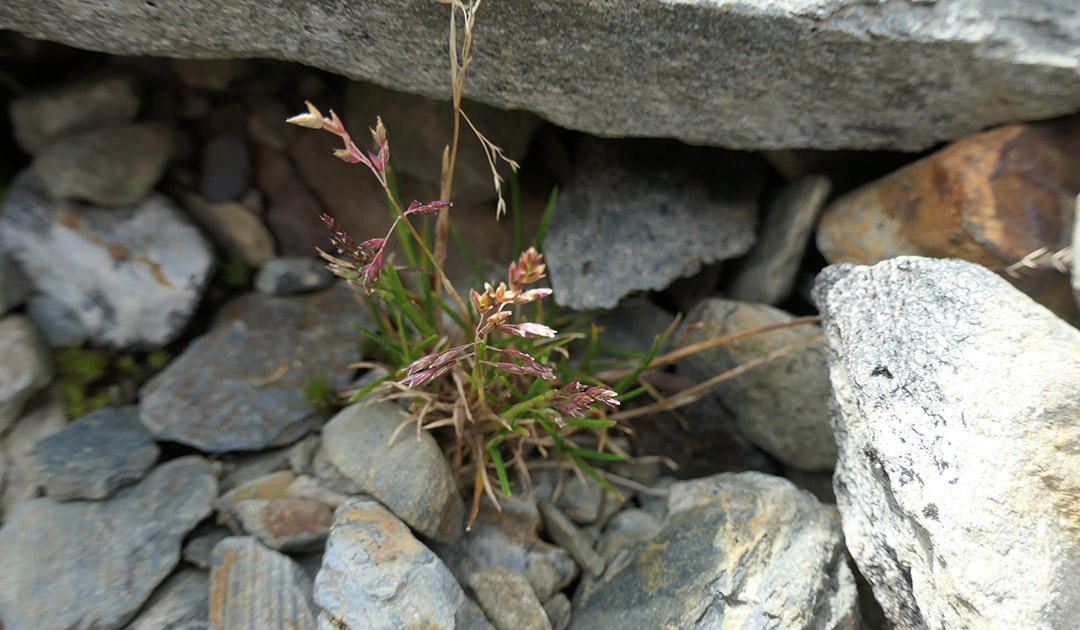
On South Georgia, invasive plants and invertebrates colonise the newly available habitats in front of the melting glaciers relatively quickly.
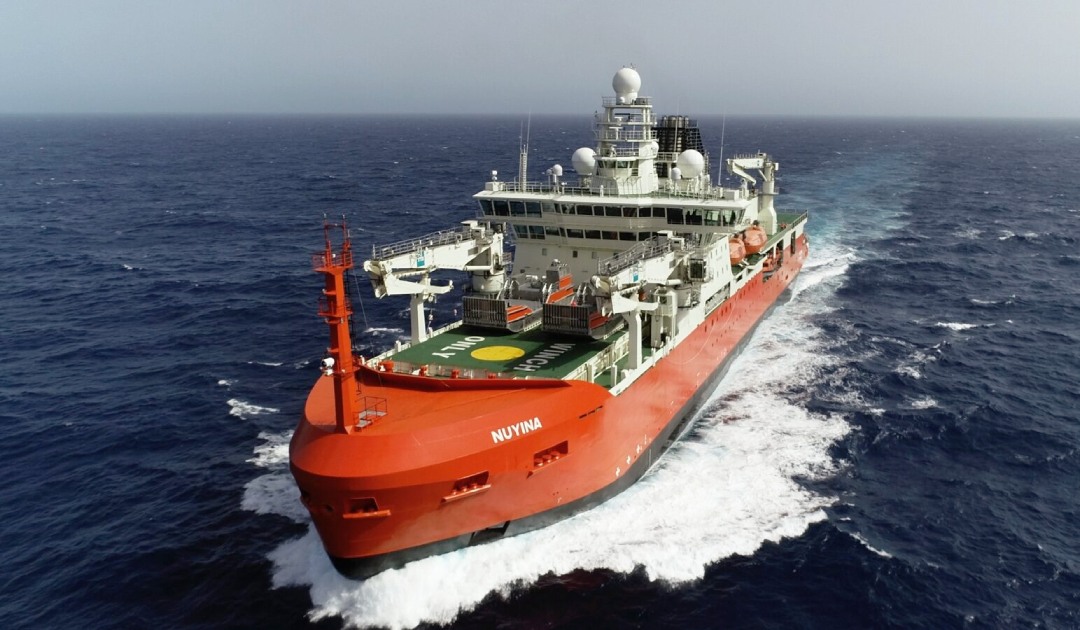
During its three years in operation, the 320-million-euro research vessel has been needed for other tasks. Now, concerns are starting to surface.
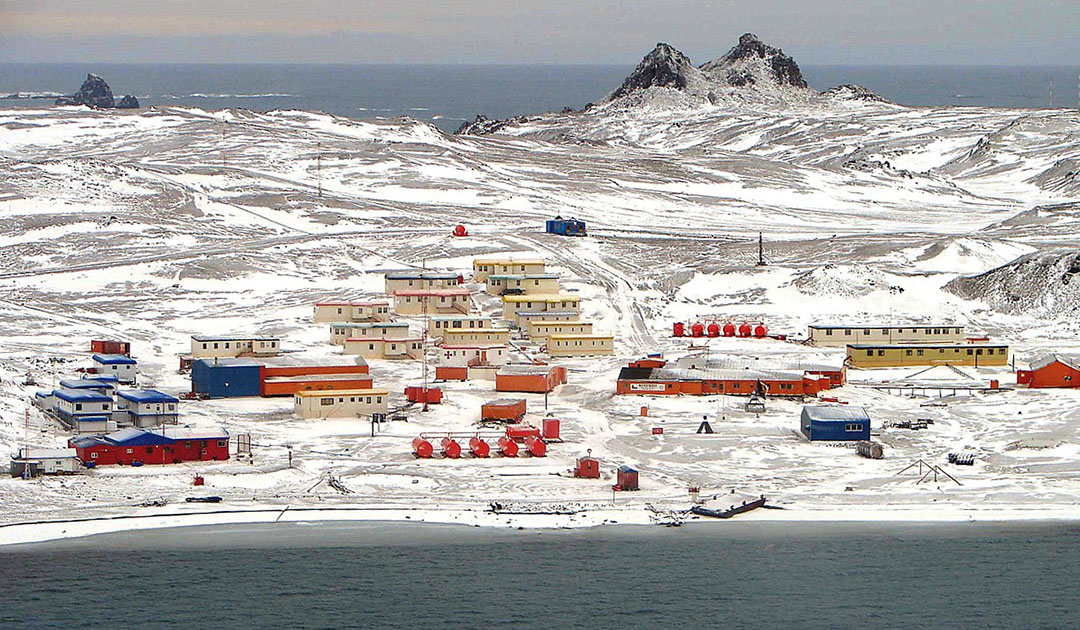
Chilean mobile communications company Entel has been the first provider to offer 5G connectivity in Antarctica since mid-March.
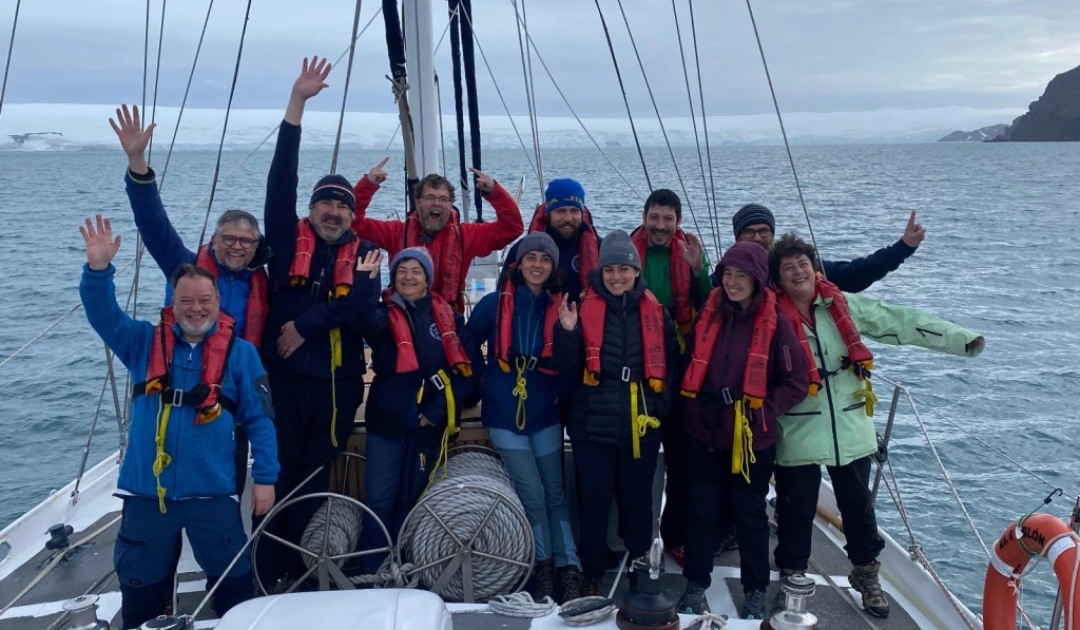
The expedition increased Portugal’s research independence, had a low carbon footprint, and allowed research in otherwise inaccessible areas.

High-resolution satellite images made it possible for the first time to take a precise look at the global population of emperor penguins over a period of ten years.
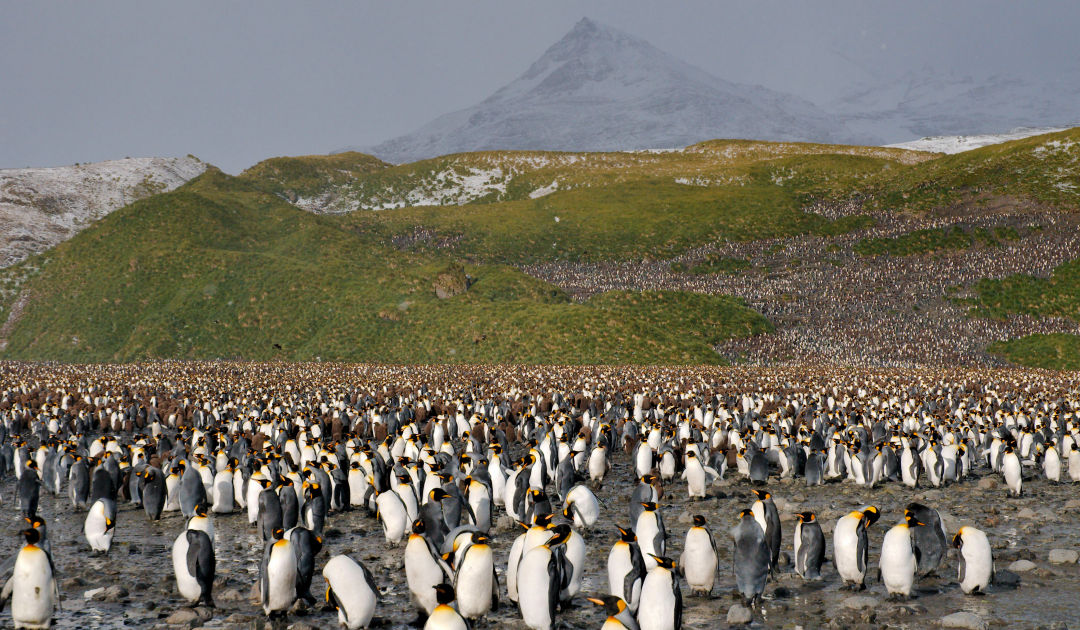
The two most common species of penguin in the South Georgia archipelago have just shown signs of vulnerability to the avian flu virus.
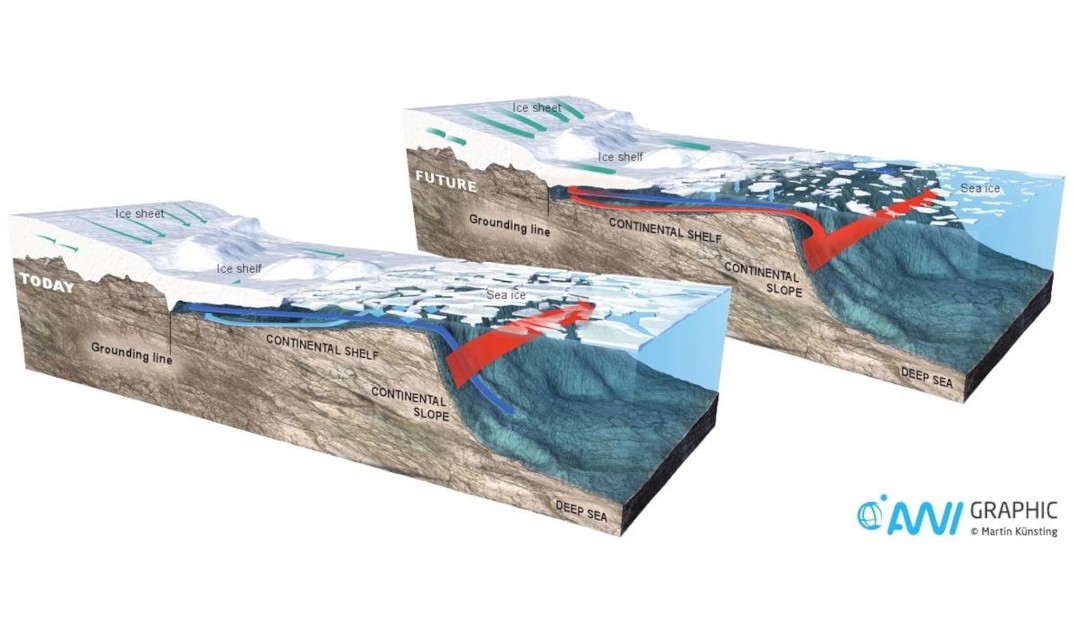
Below a global temperature rise of 2°C, the glaciers of the Weddell Sea will not be irreversibly affected by warm-water currents by the end of the century. Foresight.

The new EU project POLARIN will provide 50 international institutions with access to research infrastructure in the polar regions over the next five years.
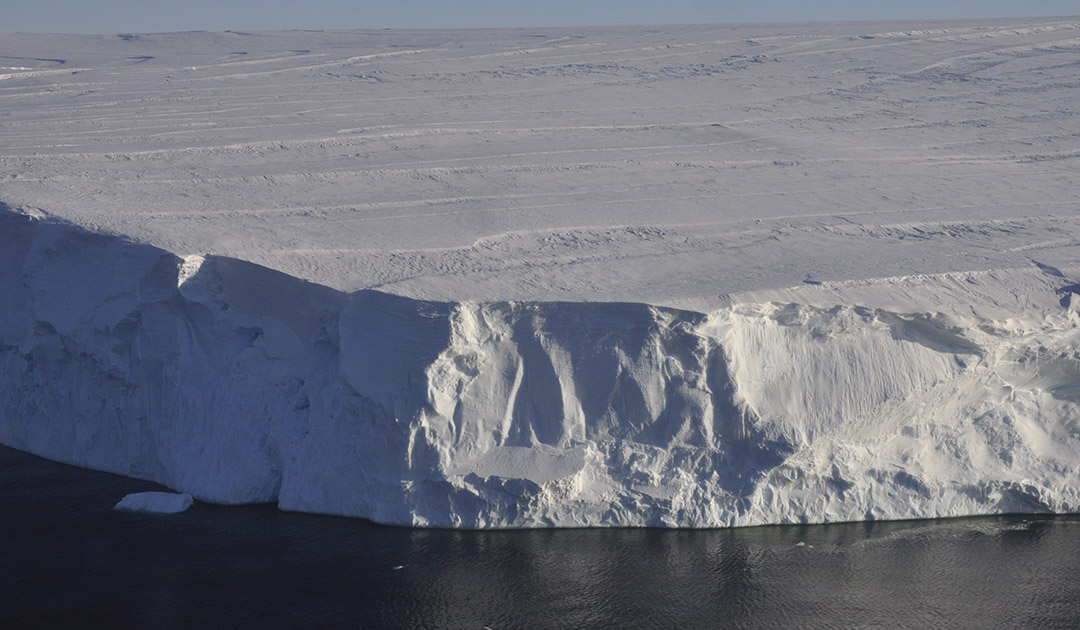
Thinning, shrinking, sliding and mega-cracks… Ice shelves in Antarctica have been losing their footing since 1940.

A new study published in Nature examines the economic value of Antarctica and the Southern Ocean to the global economy.
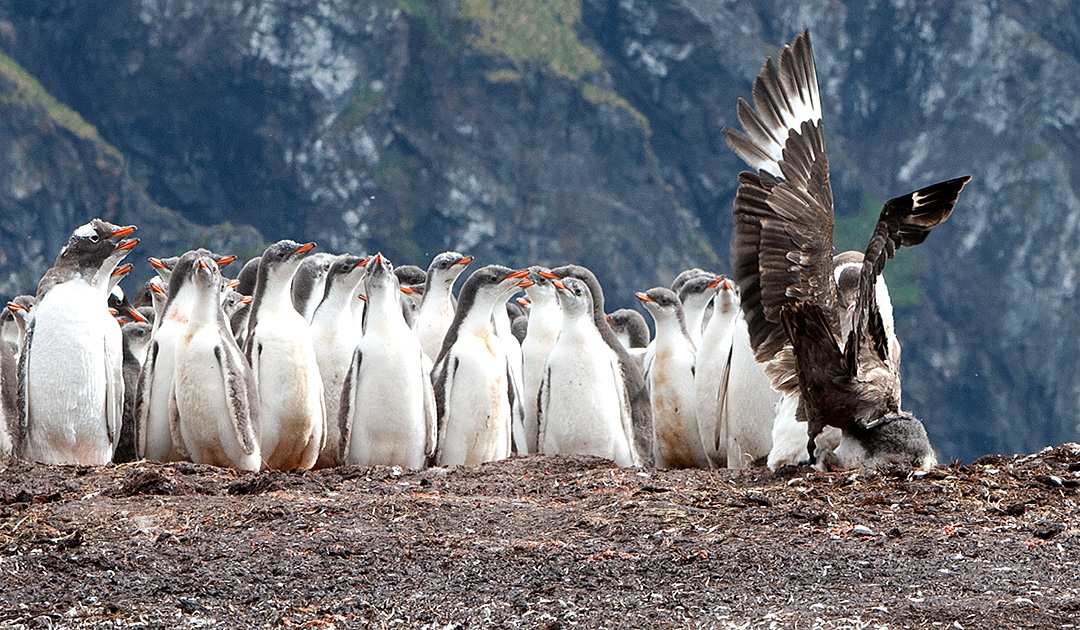
The highly pathogenic bird flu has reached the Antarctic: the H5N1 virus has been detected in two dead skuas found on the Antarctic Peninsula.
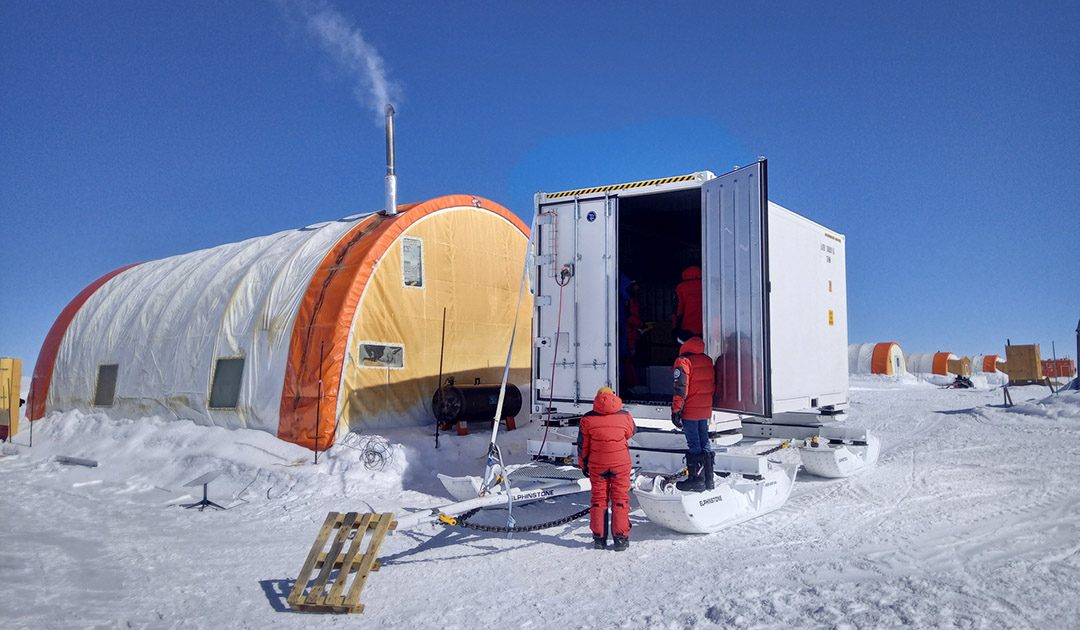
SLF technician Matthias Jaggi reports on his expedition to the Antarctic. Part four: last experiments, packing – and crêpes for 52 people
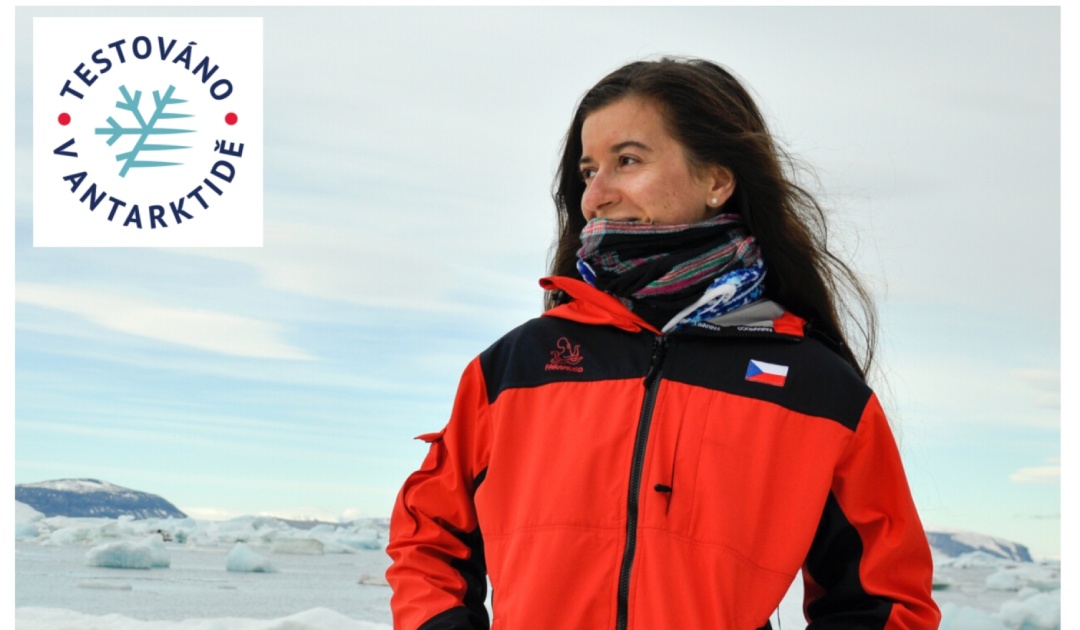
To satisfy a government demand of profitability, the Czech Antarctic Programme began to test outdoor clothing at their research station on Antarctica.
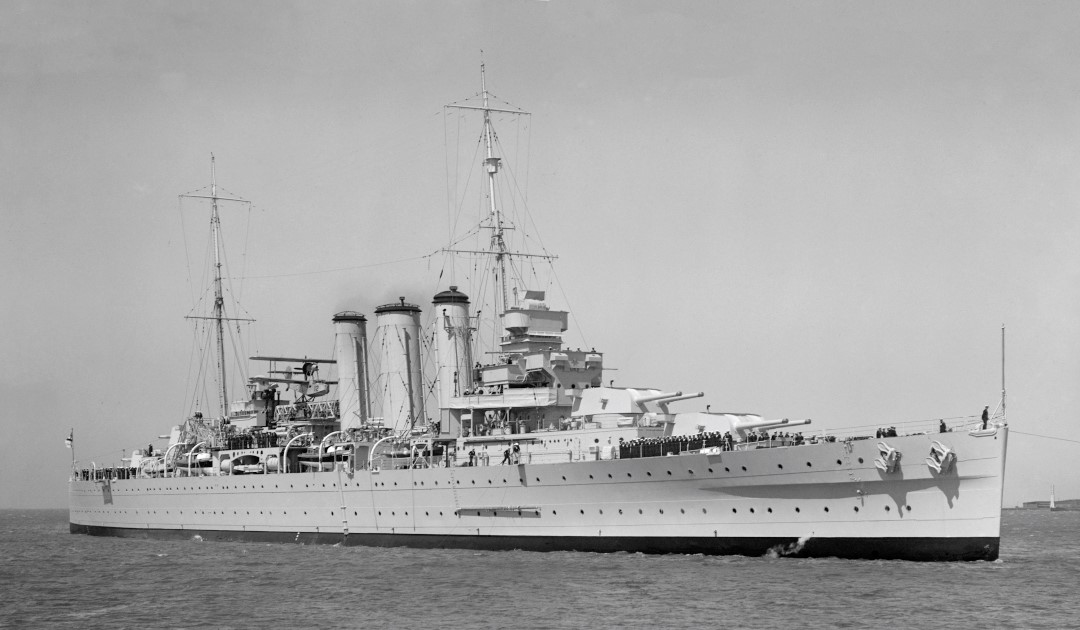
A study published in the Australian Journal of Politics and History dusts off an old Australian concern about the Kerguelen archipelago, a French possession since 1893, when England and France were still rivals.
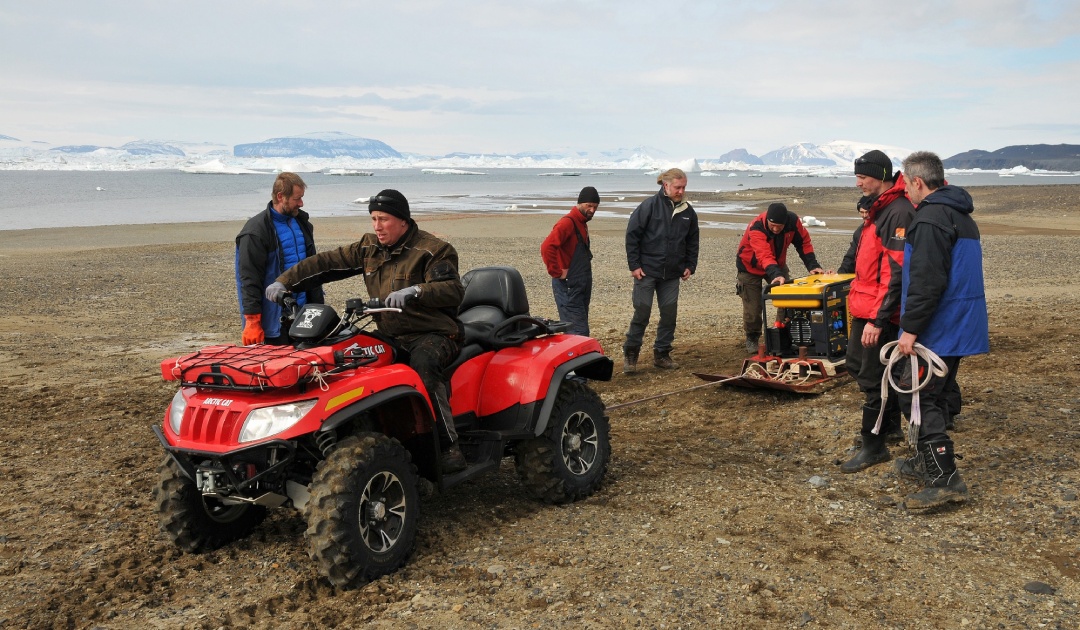
Since 2007, the Czech Antarctic Programme has made a number of discoveries on Antarctica.

The scientific team of the SWAIS 2C project has successfully completed the first stage and recovered the first sediment cores.

The crew of the Sea Shepherd vessel “Allankay” recently documented how six supertrawlers sailed through a large group of hundreds of feeding whales to catch huge amounts of krill.

A new laboratory module is currently being installed at the Argentinian Antarctic station Esperanza, which aims to produce green hydrogen soon and replace the diesel generators.
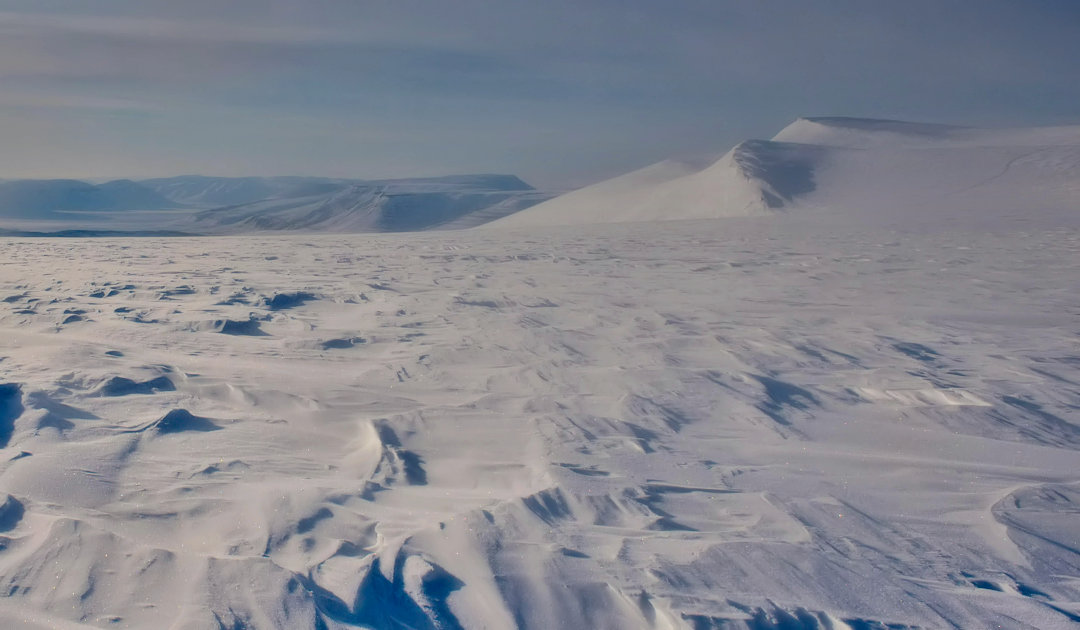
Why are microplastics found in the polar regions almost exclusively in fibre shape? The latest experiments and simulations provide the answer: fibres can be transported much further in the atmosphere than particles with a different shape.
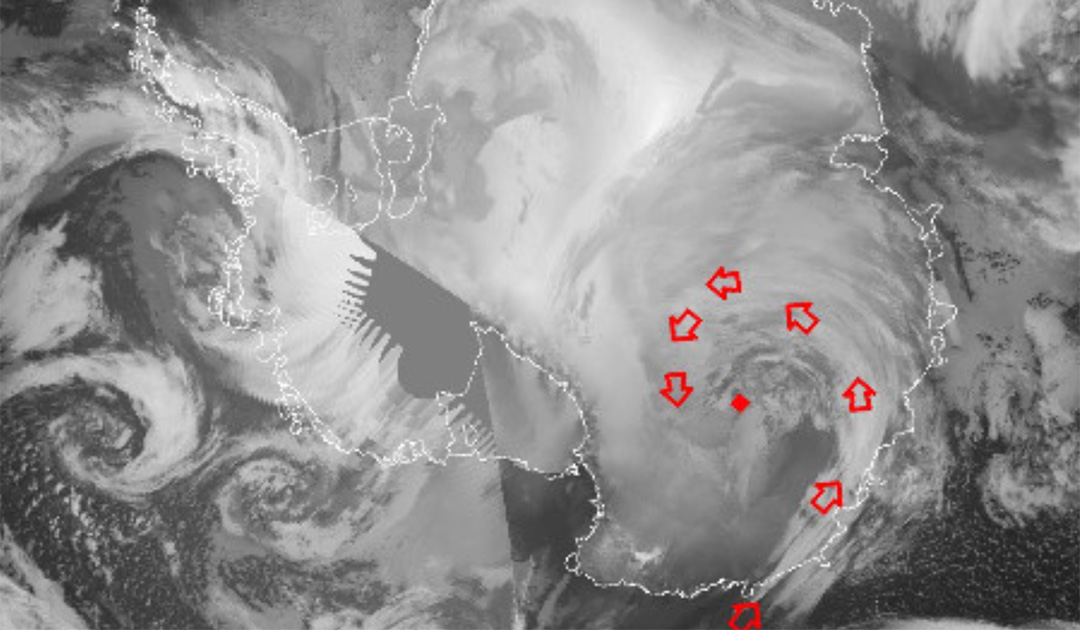
The unprecedented heatwave that hit East Antarctica almost two years ago could be traced back to an intense atmospheric river from lower latitudes.

First announced last spring of the southern hemisphere, highly pathogenic avian influenza HPAI is now affecting five of the 14 species tested in South Georgia. A few suspected cases near the Antarctic Peninsula suggest that the disease is still spreading.